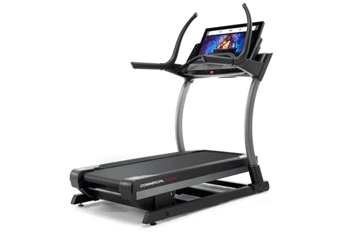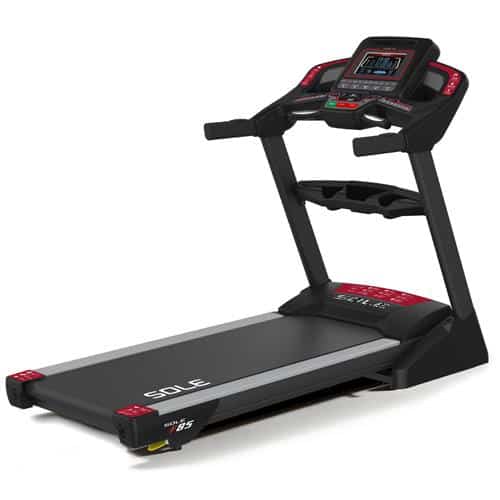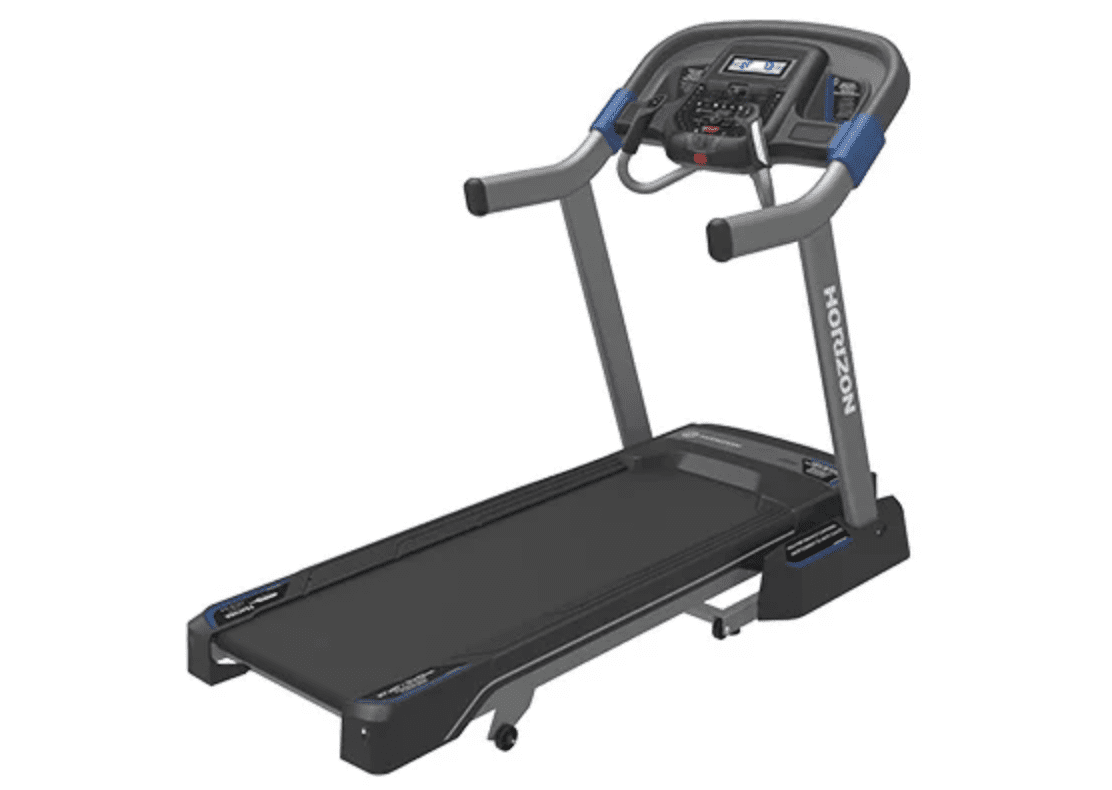Table of Contents
How Your Breathing Affects Your Work Out
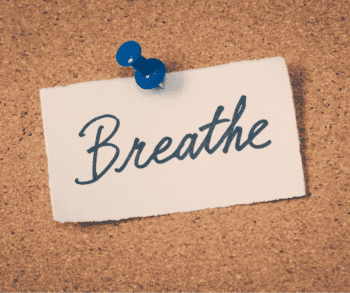
Most of us do this without thinking. It’s a natural process for the body and doesn’t take conscious thought. We don’t have to tell you that if you stop breathing, things get ugly pretty quick… especially if you’re in the middle of a long run.
So have you ever thought about how you breathe?
For instance, do you ever get short of breath mid-run? Do you ever find yourself becoming light-headed or gasping for air?
In this article, we’re going to talk about the proper ways to breathe while running. There are some small changes you can make to help improve your performance overall.
Why Does It Get Harder To Breathe?
When you run, or do any strenuous exercise, your body has to work harder. This includes your heart, muscles and yes… your lungs. Your body needs more oxygen the harder you work.
But breathing isn’t just about oxygen.
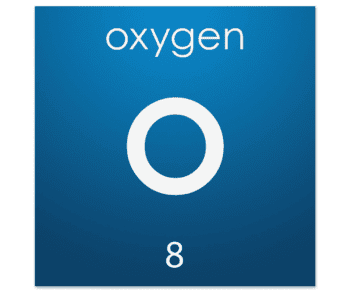
This isn’t the only thing that makes it difficult to catch your breath. Your overall fitness plays a role as well. When you push yourself too hard, you may start feeling tightness in your chest or wheezing. These are indications that you probably aren’t quite ready to go that hard.
Thankfully, with some simple tips and techniques you can ensure you’re expelling carbon dioxide properly, while also getting the oxygen you need and improving your fitness at the same time.
Where Are You Supposed To Breathe?
You’ve probably heard some people say that you’re supposed to breathe through your nose. Maybe others told you to breathe through your mouth. Or maybe you’ve gotten the “In through one – out through the other combo!”
So what’s the answer?
It’s actually a trick question! The sort of exercise you’re performing is the main indicator for how you should be breathing.
For lower intensity exercise you should focus on breathing in through your nose and exhaling through your mouth. As you ramp up the intensity you want to switch it up and focus on breathing in and out through your mouth.
This has to do with how much air you can take in at one time.
As the intensity of your workout increases, you need more oxygen and inhaling through your mouth gets you that. Breathing through your mouth also forces you to relax your jaw and face. This helps to relieve stress throughout your body as you push yourself during those tougher workouts.
Tips to Improve Your Breathing
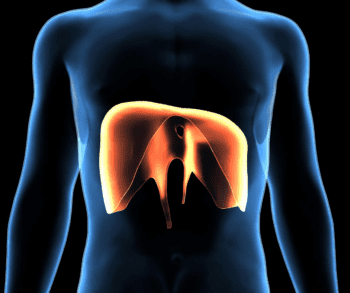
Diaphragmatic breathing, also known as deep abdominal breathing, strengthens the muscles that will support your breathing and allow you to take in more air on each inhalation.
This way of breathing is especially important to use if you are a shallow breather. Shallow breathing during exercise causes tension and stress in your shoulders. Diaphragmatic breathing will help relax your body and relieve overall stress and anxiety.
How To Do It – To train your body to do this, you want to start out by laying on your back on the floor.
That’s right, you’re starting simple.
Breathe in through your nose and fill your belly with air. Make sure you aren’t just focusing on your lungs. They will fill automatically.
As your stomach expands, focus on pushing your diaphragm down and out.
Then be sure to lengthen your exhale so that it takes as long as the inhale. That helps to ensure you’re pushing all of the carbon dioxide out.
Repeat this for 5-minutes and practice for a few days laying on the floor to get your body used to how it feels.
When you head out to put your new skills to use, slow your pace down and really focus on the breathing, not the speed. Your body will adjust and it will start to feel more natural, then you can think about picking up the pace.
This is useful for all runners, but especially anyone new to strenuous exercise. When you push your body harder than it is used to, it’s common for your brain and body to go into a “fight or flight” response. This causes you to panic and struggle, leading to shortness of breath.
Regulating your breathing and using your diaphragmatic skills will help your body have what is called a “rest and digest” response to high intensity exercise. You’ll fell calmer, more in control and more comfortable.
Rhythmic Breathing – Once you’ve got the hang of diaphragmatic breathing and are able to inhale and exhale to a more full capacity, you can move onto focusing on your breathing patterns.
Try starting out with a 2:2 rhythm, meaning you’ll inhale for 2 counts and exhale for 2 counts.
This will help you pace yourself and keep your breathing steady. Try walking while you do this at first, keeping a steady count in your head and focusing on the rhythm. Each inhale – exhale combo counts as one breath. Work your way up to 100 to practice.

Following this rhythmic method keeps your breathing steady and gives you something to focus on which helps keep your mind clear. Your thoughts won’t be racing about how much time or distance is left.
Breathing while running doesn’t have to be hard or hold you back. You just need to train your respiratory system the same way you train your muscles. Start out slow and work your way up, you’ll be feeling confident and be cruising along in no time.

